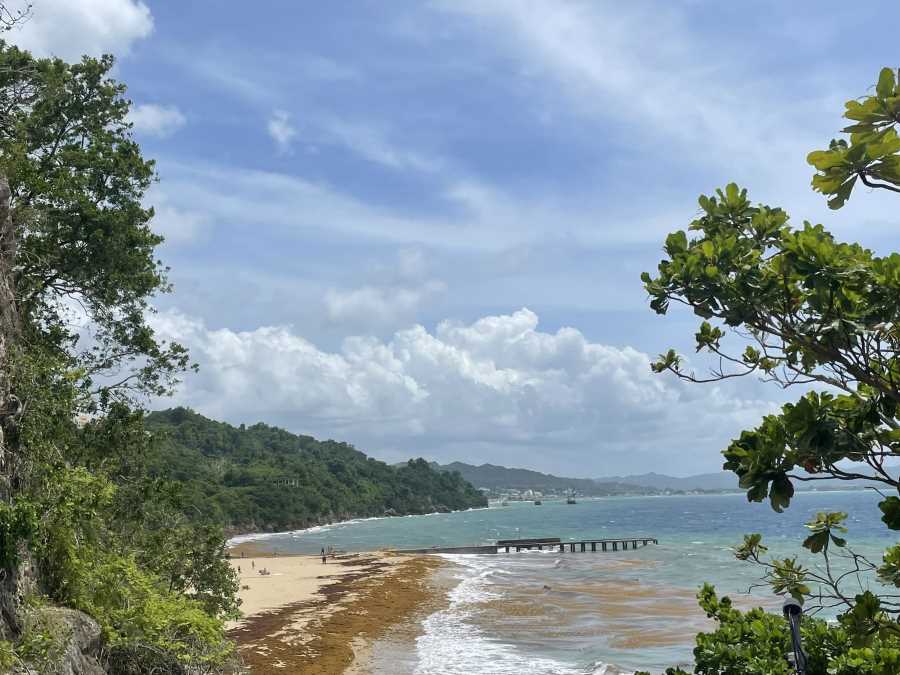How Sargassum Took Puerto Rico by Storm—Literally!
In an alarming first, Puerto Rico's iconic Crash Boat beach has been inundated with sargassum seaweed. This unprecedented event occurred amid the stormy aftermath of Hurricane Lee, complicating cleanup efforts.

In an unprecedented event, the iconic Crash Boat beach in Aguadilla, Puerto Rico, received its first-ever flood of sargassum seaweed this week. This startling phenomenon comes at an already perilous time for the region, grappling with the maritime and coastal repercussions of Hurricane Lee.
Aguadilla Mayor Julio Roldán Concepción announced the unusual occurrence, expressing his astonishment over the situation. “This has never been seen in this area in Crash Boat. Ever,” he said. “I was born here, I live here and I die here. I know my beaches and everything.” The influx began three days ago and now has begun to accumulate on the beach, impeding the natural beauty and functionality of this popular destination.




